ŌĆśDidnŌĆÖt expect to struggle like thisŌĆÖ: Indonesian workers in a bind as budget cuts, global headwinds bite
A recent job fair that offered some 2,000 roles but drew 25,000 people - with many shoving, screaming and fainting - has highlighted the plight of IndonesiaŌĆÖs jobseekers. Is the country doing enough to create jobs?
╠²
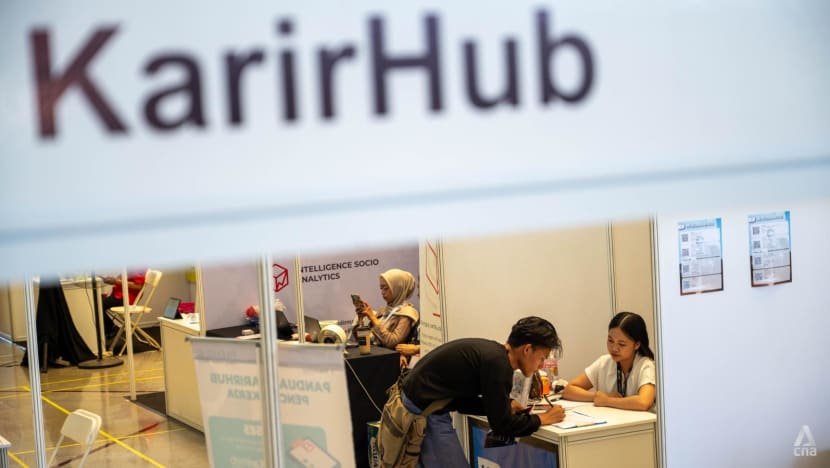
A job seeker talks to a company representative at a job fair in South Jakarta on June 12, 2025. (Photo: ┬ķČ╣/Ridhwan Siregar)

This audio is generated by an AI tool.
JAKARTA: She completed her management degree in September last year but nine months and about 100 job applications later, 22-year-old Marsha Dita still finds herself unemployed.
ŌĆ£I didnŌĆÖt quite expect to struggle like this,ŌĆØ said Marsha, who lives in Depok, on the outskirts of Jakarta.
ŌĆ£I deliberately attended college first and earned a bachelorŌĆÖs degree (to get a job). But it turns out even having a bachelorŌĆÖs degree doesnŌĆÖt guarantee anything,ŌĆØ she told ┬ķČ╣ last week at a job fair in South Jakarta.╠²
A recent job fair in Bekasi, Indonesia that offered some 2,000 positions and drew 25,000 people - with many shoving, screaming and fainting - has highlighted the plight of IndonesiaŌĆÖs jobseekers. Why is Indonesia grappling with unemployment?
Job fairs and unemployment have been in the media spotlight after chaos greeted the organisers of a job fair in Bekasi, also on the outskirts of Jakarta, on May 27 as tens of thousands of people jostled with one another, screaming and fainting.╠²
The fair, organised by the Bekasi District Manpower Office, saw 25,000 people vying for more than 2,000 jobs available.╠²
Images of jobseekers swarming the event made headlines and have summed up the struggle of millions of Indonesians to find work amid a global trade war and a sluggish domestic economy.
There were 7.28 million unemployed working-age people in Indonesia as of February 2025, an increase of 83,000 compared to the same period last year, according to the countryŌĆÖs statistics agency.╠²
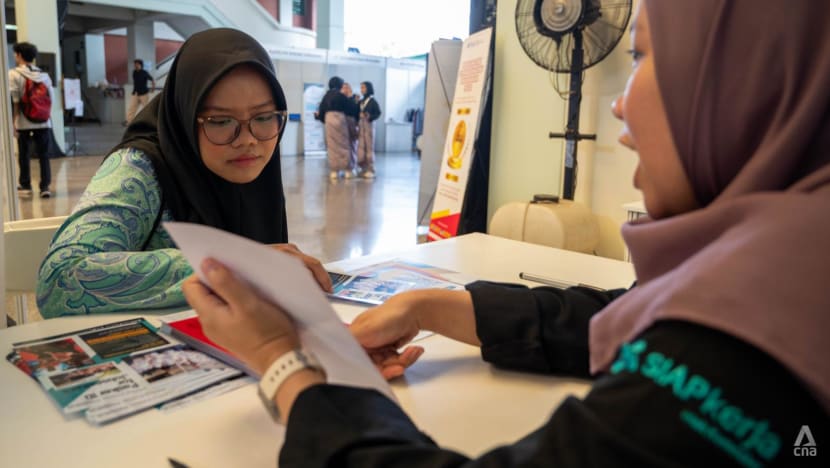
This translates to an unemployment rate of 4.76 per cent, marginally lower than the 4.82 per cent in February 2024. In the same period, however, IndonesiaŌĆÖs working-age population ŌĆō everyone aged 15 or older ŌĆō increased by 2.79 million people or around 1.3 per cent to reach 216.79 million, the statistics agency reported.
Jobseekers range from fresh graduates to those who have been laid off in industries such as hospitality and manufacturing, which have seen multiple rounds of layoffs in recent months.
The International Monetary Fund projected in April that IndonesiaŌĆÖs unemployment rate could be 5 per cent in 2025, making it the second-highest in Asia after ChinaŌĆÖs, which is projected to be 5.1 per cent.╠²
Experts said the situation, which is due to slower domestic investment and weaker exports, requires╠²more measures by the government and educational institutions to help jobseekers.
INFORMAL WORKFORCE GROWS
Statistically speaking, the number of unemployed people has not increased significantly compared to last year, but this does not fully represent reality, said economists.╠²
IndonesiaŌĆÖs informal workers outnumber the formally employed, and more Indonesians are now working in the informal sector than a year ago.╠²
From 59.17 per cent of workers in February 2024, those in informal employment rose to 59.4 per cent ŌĆō or 86.58 million people ŌĆō in February this year, official statistics show.
More people are working as street food vendors and farmers because they struggle to find employment in the formal sector, said economist Teguh Dartanto from the University of Indonesia.╠²
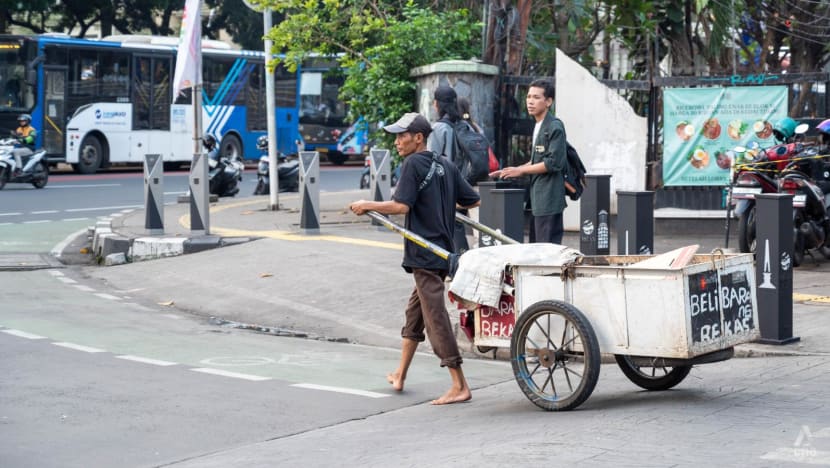
Being formally employed is significant because it offers more guarantees, such as a stable monthly income, health insurance and other benefits.╠²
Formal workers also typically earn more than informal ones.
The percentage of informal workers in Indonesia is significantly higher than in neighbouring Malaysia, where the World Bank noted that 26.8 per cent of its workforce in 2022 were informal workers, down from 38.2 per cent in 2009.╠²
In Indonesia, informal workers often struggle to make ends meet. But statistically, they will not be regarded as unemployed as long as they earn some money, said Teguh.╠²
The statistics agency defines employment as ŌĆ£any activity performed by a person for at least one hour a week to earn income or to assist others in earning income or obtaining profitŌĆØ.
Jakarta resident Anisa Tri Prastia, 22, falls into the category.
She has been looking for a job after finishing university in August last year and is helping out at her parentsŌĆÖ welding workshop╠²in the meantime. They pay her a small amount of money, allowing her to keep up her job search.╠²

Although officials would beg to differ, Anisa considers herself unemployed.╠²
ŌĆ£I'm not ambitious that I have to work in a certain field,ŌĆØ said Anisa.
ŌĆ£What's important is to get a job because this will be my first job anyway, for me to gain experience.ŌĆØ
The bulk of IndonesiaŌĆÖs unemployed are young people. Some 16.16 per cent of those aged 15 to 24 are unemployed, according to the statistics agency ŌĆō far higher than the 3.04 per cent of people aged 25 to 59, and the 1.67 per cent of those aged 60 and over.╠²
In Malaysia, youth unemployment was at 10.3 per cent in December last year, while 4.1 per cent of youths in╠²Singapore were not in school, work or training in 2023.
The current situation is different from the COVID-19 pandemic and the 1998 Asian financial crisis because people are experiencing prolonged hardship with no end in sight, said economist Bhima Yudhistira, executive director of the Center of Economic and Law Studies (CELIOS).
ŌĆ£I believe (Indonesia) is heading towards a technical recession ŌĆō a recession, not a crisis,ŌĆØ said Bhima.╠²
ŌĆ£A crisis is a one-shot case, like in 1998, and then it (the economy) rebounds. This is prolonged and continuously decreasing economic growth,ŌĆØ he said. ╠²
IndonesiaŌĆÖs gross domestic product (GDP) grew a lower-than-expected 4.87 per cent in the first quarter this year compared to last year, down from 5.11 per cent in the same period last year.╠²
The World Bank released a report this month forecasting that IndonesiaŌĆÖs economy will grow 4.7 per cent this year.╠²
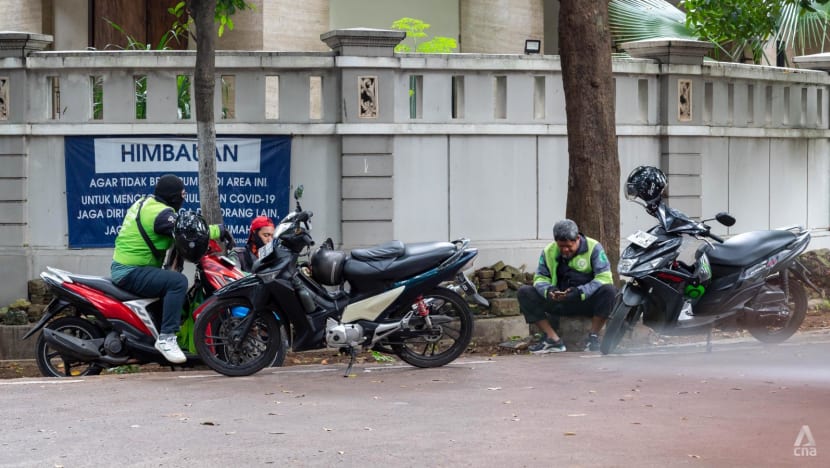
HOW DID THIS HAPPEN?╠²
The bleak employment outlook is the result of both external and internal economic factors, analysts said.
The US-China trade war and economic uncertainty have hurt export demand in certain industries such as manufacturing and commodities, resulting in layoffs, said Teguh.╠²
On the domestic front, the government ordered a 256 trillion rupiah (US$16 billion) budget cut for ministries and state agencies at the end of January. It also ordered a 50 trillion rupiah reduction in central government transfers to regional administrations to save a total of 306.6 trillion rupiah in state funds, in what President Prabowo Subianto said was the first of three phases.
The first phase of cuts accounts for about 8.5 per cent of IndonesiaŌĆÖs 2025 budget.
The governmentŌĆÖs austerity measures meant, among others, that civil servants were no longer allowed to hold meetings at hotels or travel out of town.╠²
Since many sectors, such as hospitality, heavily depend on government spending, this has led to massive layoffs.╠²
The Indonesian Employers Association (Apindo) recorded almost 74,000 layoffs between January and March 2025.╠²
It has also led to a decrease in purchasing power, which poses a problem to IndonesiaŌĆÖs economy as it is driven mainly by domestic consumption, said Teguh from the University of Indonesia.╠²╠²
As people spend less, it creates a vicious cycle which impacts many sectors, leading to job cuts or a hiring freeze.
IndonesiaŌĆÖs slowing economic growth in the first quarter was in spite of the fasting month of Ramadan occurring during the period, which is usually the time when people in Muslim-majority Indonesia spend the most.
Unemployment is also triggered by a mismatch between peopleŌĆÖs competencies and job requirements, said Ahmad Ridha Sabana, presidential special staff for micro, small, and medium enterprises, as well as the creative and digital economy, at the job fair in South Jakarta on Jun 12.
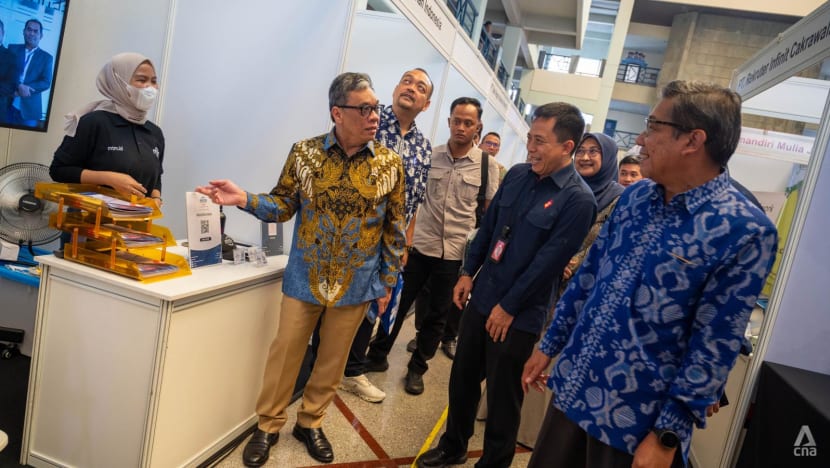
The unemployment problem will have political consequences, said political analyst Wasisto Raharjo Jati of IndonesiaŌĆÖs National Research and Innovation Agency (BRIN).
ŌĆ£I think the impact is, the public will be pessimistic towards the current government, especially since the realisation of the campaign promise regarding employment opportunities has not been fully felt,ŌĆØ he said.╠²
In his campaign leading up to last yearŌĆÖs presidential election, President PrabowoŌĆÖs running mate Gibran Rakabuming Raka promised to create 19 million nett╠²jobs if elected.╠²
The number of employed people rose by 3.59 million from February 2024 to February 2025, reaching 145.77 million people, official statistics show.
In the aftermath of the Bekasi job fair, netizens called on the government to deliver on the pledge.
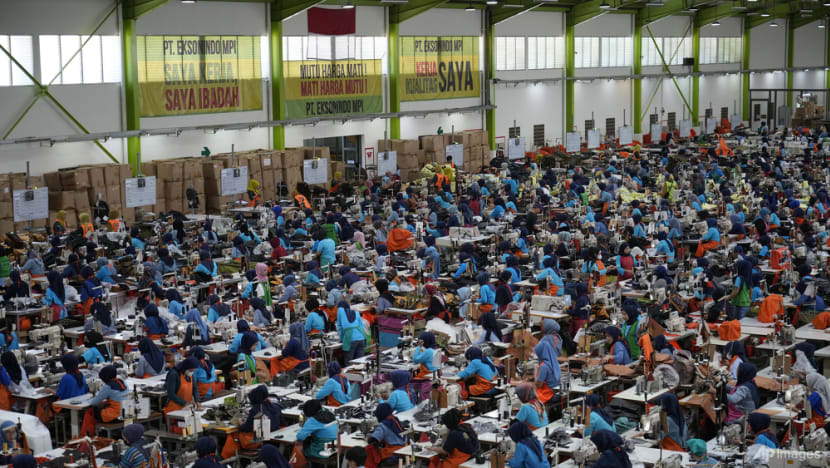
INVEST IN LABOUR-INTENSIVE SECTORS, SAY EXPERTS
The government has rolled out stimulus programmes such as travel discounts to boost domestic consumption and grow the economy.
In an unexpected move earlier this month, it also U-turned on a state budget austerity measure and lifted the ban on civil servants travelling out of town and holding meetings at hotels.
It allowed regional governments to resume off-site meetings and official trips to spur the economy and prevent further layoffs in many sectors.╠²
But analysts told ┬ķČ╣ the measures do not go far enough.╠²
ŌĆ£What the government is doing right now is like providing paracetamol (to ease peopleŌĆÖs pain temporarily),ŌĆØ said Bhima.╠²
ŌĆ£They give subsidies and conduct job fairs. Well, of course, job fairs are chaotic because there are many unemployed people, while the job market is getting narrower.ŌĆØ
Bhima urged the government to review its efficiency measures and make them more targeted. For example,╠²instead of measures that impact many jobs, the government could look to reduce the number of special staff or ministries or institutions, since it has set up many new ones.
It should increase capital expenditure as this absorbs a significant amount of labour, he said. The government should continue to hold events at hotels and conference venues since these activities absorb a lot of labour and these industries are dependent on government spending, he said.
It could also provide stimulus to labour-intensive sectors such as manufacturing, and redouble efforts to attract investment in such sectors to provide more job opportunities, he said.
Danantara, IndonesiaŌĆÖs sovereign wealth fund launched at the end of February to manage the assets of all state-owned enterprises, should play a more significant role, he added.
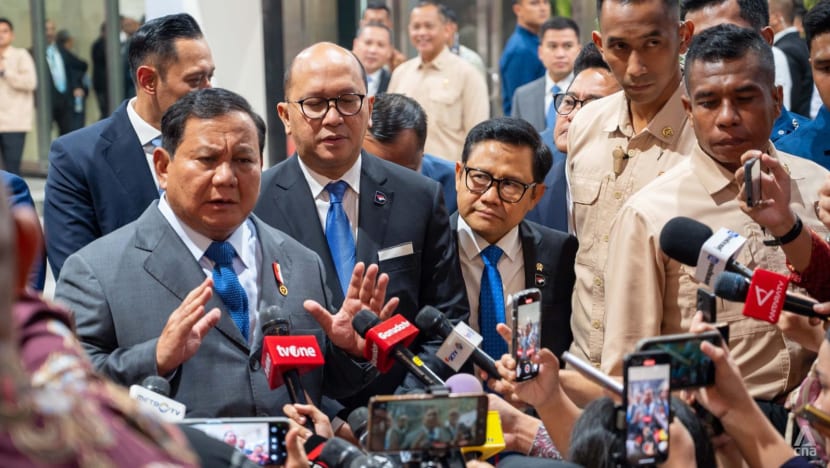
With the private sector facing challenges, some financially healthy state-owned enterprises could recruit more people, he suggested.
But finding the right talent is not easy, a recruiter at a state-owned enterprise said.
Shelly Saraswati Utami, a human capital business partner at Pertamina Patra Drilling Contractor, which provides offshore drilling services, told ┬ķČ╣ that the company has job vacancies most of the time.╠²
ŌĆ£For certain vacancies╠²(such as those related to rigging or drilling), we face obstacles. We have difficulties finding potential candidates or those who have certain skills that we need,ŌĆØ said Shelly.

To address the problem, the government will create programmes for people to upgrade their skills and provide upskilling programmes for professionals who have been laid off, said Aris Wahyudi, special staff for economics and human resources at the Minister of Manpower.╠²
In the long run, experts said that to reduce unemployment, Indonesia must provide education and training that will enable its people to adapt to a changing jobs landscape.
In universities, students should not only gain scientific knowledge but also softer skills like adaptability, said Anies Lastiati, vice chancellor for learning and student affairs at JakartaŌĆÖs Trilogi University.╠²
ŌĆ£Knowledge learned at university and what happens outside may not be the same,ŌĆØ said Anies.
ŌĆ£When they graduate (and) want to enter the job market, they have to be adaptable to meet the industry's needs.ŌĆØ














